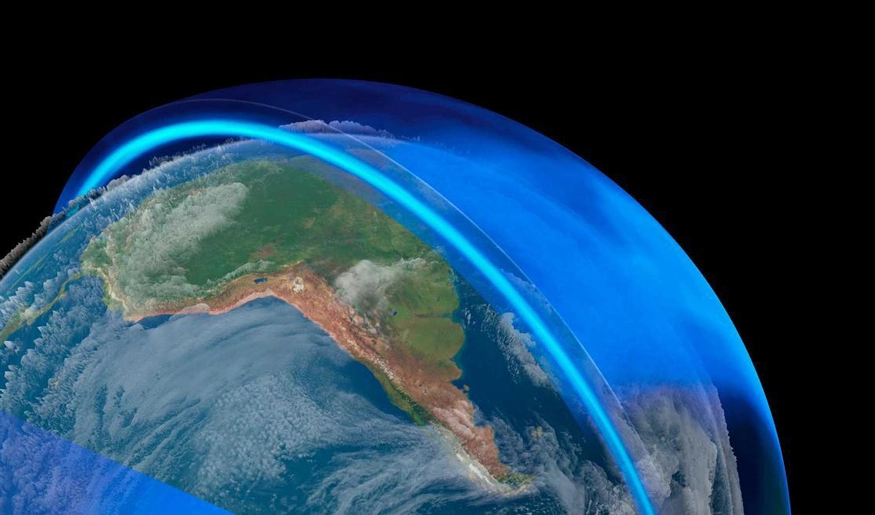The successful environmental management in Holguin has achieved that almost a hundred economic and service institutions of the province have signed the Agreement of Voluntary Declaration for the gradual and definitive elimination of Ozone Layer Depleting Substances (ODS), in compliance with what was established in the Montreal Protocol since 1987.
In the upper part of the stratosphere is the ozone layer, which acts as a filter against harmful ultraviolet (UV) radiation produced by the Sun.
Read also: Citma in Holguín promotes environmental education for the protection of the ozone layer
In an effort to avoid its thinning and holes and to protect life on Earth against the harmful effects of the sun’s rays, Holguín implements actions aimed at the suppression of hydrochlorofluorocarbons (HCFCs) and other ODS, as well as the reduction of greenhouse gas emissions, strategies mainly guided by the provincial delegation of the Ministry of Science, Technology and Environment (Citma).
In recent years, some companies in Holguin have received the National ODS-Free Award, granted by the Ozone Technical Office (OTOZ) in Cuba. Tourism, nickel industry and construction companies have also received this award.
Other institutions have signed the Voluntary Declaration Agreement to protect the Ozone Layer with the identification and elimination of refrigeration and air conditioning equipment that use R22, a compound that belongs to the HCFC group. Among these centers are all those belonging to Grupo Empresarial Cubaníquel and hotels of different chains operating in the northern coast of Holguin.
Cuba since 2021 is in the final phase of the program aimed at phasing out HCFCs, gases widely used in domestic, commercial and industrial refrigeration and air conditioning, and that are not only harmful to the ozone layer but also affect global warming.
At the country level, the results in terms of the suppression of methyl bromide in the fumigation of some agricultural crops are also notorious.
Since the early 1970s, scientists have been warning about the dangers derived from the progressive destruction of the ozone layer as a consequence of the emission of various chemical substances generated by human activity, both domestic and industrial.
The loss of protection against solar radiation exposes life on Earth to severe impacts with harmful effects on human health due to the increase of skin, immunological and ophthalmological diseases. Damage to the ozone layer due to the abusive use of ODS also affects aquatic and terrestrial ecosystems with harmful consequences in the food chain.
In response to this problem, on September 16, 1987, the UN signed the Montreal Protocol and later, in 1994, the United Nations General Assembly declared that date as International Day for the Preservation of the Ozone Layer.
This year’s event is celebrated under the slogan “Montreal Protocol: repairing the ozone layer and reducing climate change”.
- Holguín recognizes contribution of women in society - 6 de March de 2024
- Women’s imprint on cigar manufacturing in Holguín - 16 de February de 2024
- Stable production of hand-rolled cigars in Holguin - 16 de February de 2024

